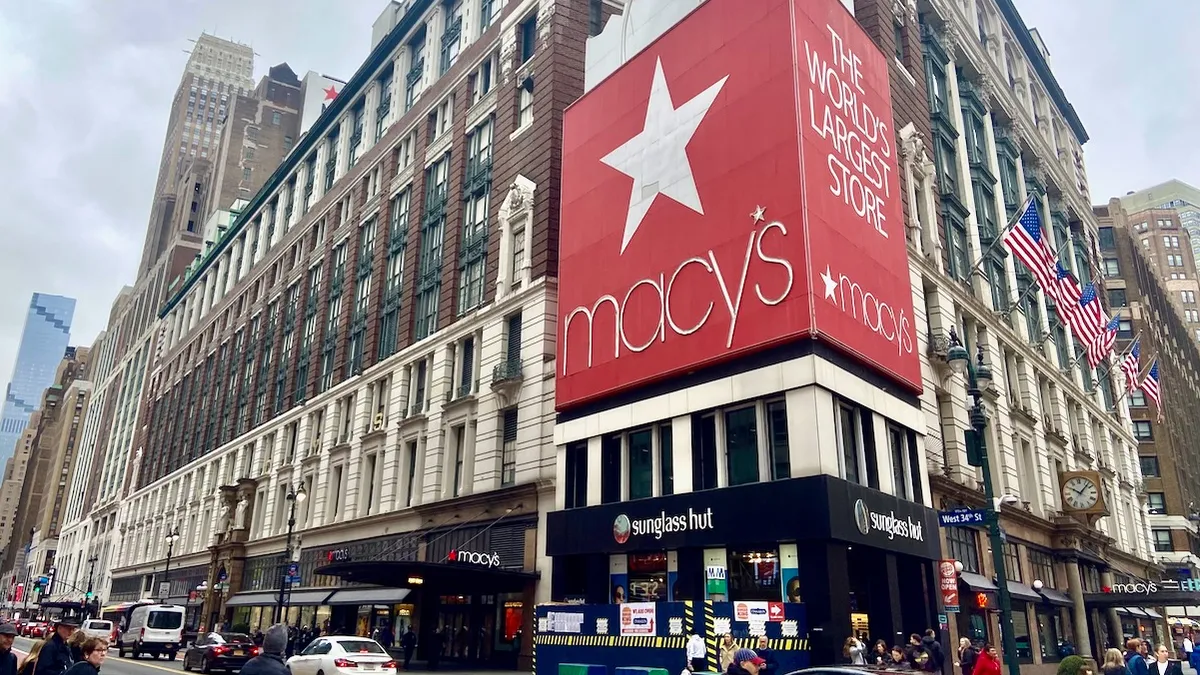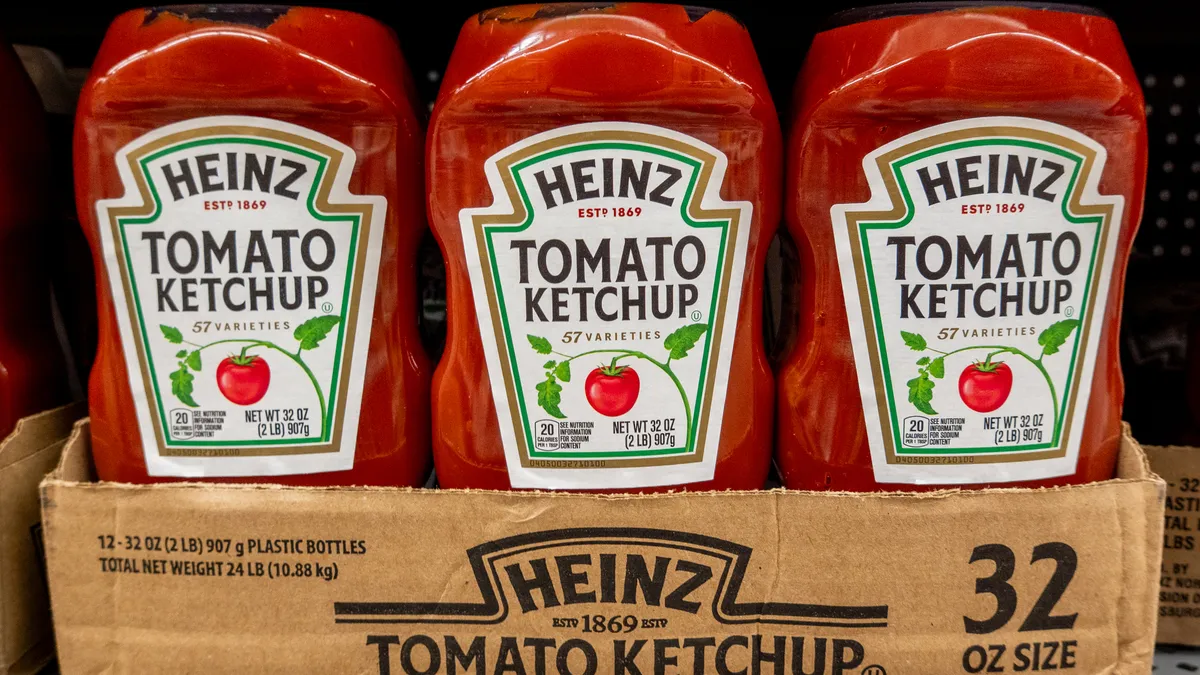Editor's Note: This article is part of a series on perfecting last-mile delivery. All stories in this series can be found here.
Supply chains and carriers have business-to-business delivery down to a science, but the rise in trends like e-commerce, crowdsourcing apps and same-day delivery has upended the last-mile delivery segment. If the last mile is ripe for disruption, supply chains must begin to perfect those fulfillment processes to find new and cost-efficient ways to deliver products to customers.
Amazon Prime is spurring a lot of this innovation and disruption. The service has been growing 30% a year since 2011, says Andre Pharand, Accenture’s global management consulting lead for the postal and parcel industry.
Of course, delivering to residential customers is inefficient and more expensive than delivering to companies. Carriers are bringing single packages to low density areas, and often the resident isn’t home. Yet customers are demanding faster and cheaper deliveries.
Here are nine trends that are affecting last-mile delivery:
1. Faster fulfillment
There’s an emphasis on logistics and fulfillment due to an increase in on-demand or same-day delivery.
“We’re noticing a huge push and pressure on the fulfillment side to get orders turned around on a much faster scale and pace than a lot of the technology is capable of doing today,” says Michael Armanious, vice president of sales and marketing at Datexcorp, a third-party logistics (3PL) management and warehouse solutions provider. “What normally would have taken less than an hour, all of the sudden needs to go out within minutes, which poses challenges in terms of planning.”
Examples include pharmaceuticals and food delivery. Customers want a window of delivery within a few hours. “By the time the order comes in, it has to be processed and ready to go, for us to meet that very narrow window,” says Armanious.
2. Gig economy/crowdsourcing apps
There’s no better way to demonstrate the rise of the gig economy and use of crowdsourcing apps than by looking at venture capital flowing into the last mile delivery and urban logistics sectors.
In 2015, venture capital investments in supply chain and logistics start-ups was more than four times higher than in 2014 ($1,202 million versus $388 million), said Pharand, and venture capital dollars invested in the same space in the first quarter of 2016 alone was $1.75 billion.
Companies like UberRUSH for parcels, Postmates, Deliv and even Amazon Flex provide spot-market deliveries by independent drivers. The companies post delivery jobs on their apps to alert drivers to available gigs. “Picking up and delivering ad hoc isn’t as efficient as delivering something where you have strong route management, with items in your truck and you know where you’re going,” said Pharand. But technology leverages this vehicle utilization, and those with a car (or even a bike) who want to earn extra money can do so.
These services have limited geographic reach and are not yet widespread like the legacy carriers. Usually they deliver only in larger cities. “It’s a concern for legacy carriers, but they haven’t yet made an impact,” said Pharand.
The venture capitalists are interested in companies based on information and technology, not on assets like vehicles. They are focused on companies using analytics and information to figure out how to do the job for less, and leveraging drivers with their own cars as excess capacity. “There will be a battle between the guys with the buildings and assets, versus the guys with the apps and information. The winner will be a combination of both,” Pharand said.
3. Focus on visibility
Legacy carriers have improved traceability, with proof of delivery and tracking information. Regional and local last-mile delivery organizations don’t necessarily have the technology bandwidth to provide that data.
“You end up with a mishmash of data requirements for how to communicate with them, and it makes it a lot more challenging,” says Pharand. That data is important for traceability, if a package is late or gets lost. But smartphone apps have revolutionized the process for tracking with GPS.
Now, customers can see where the driver or package is. “We’re able to do very simple and cost effective proof of delivery with signature capture at the point of delivery,” says Pharand. “We can capture if that person doing the delivery went to the physical site or not.” Although the process is not yet standardized across the board, consumers will increasingly demand the industry move in this direction.
4. Postal service evolves
Legacy carriers like the United States Postal Service (USPS) are changing with the times and continuing to grow. Given declines in mail delivery, increases in e-commerce package delivery couldn’t come at a better time.
Adding a parcel to a home delivery is only an incremental cost to the USPS, since the carrier is going to the house anyway. It’s more expensive for UPS or FedEx to make that same delivery, since it’s an independent stop.
There’s been a resurgence with the USPS in handling nonconventional deliveries as well, said Armanious. “A lot of clients are bringing them back into the fold to do same-day or multi-day deliveries of special products,” he said. And Sunday package delivery is another change.
Further change may be on the horizon, too, if other national mail services are an example. While the USPS doesn’t deliver restaurant meals, the New Zealand Post started a pilot to deliver Kentucky Fried Chicken to boost its income as its mail delivery slumped in recent years.
Learn how data can revolutionize the last mile in this free playbook. Download now»
5. Insourcing deliveries
An increasing number of companies are using their own or shared vehicles for last mile delivery – and that includes Amazon. “Traditionally, our clients weren’t in the transport business. They didn’t own trucks or vans or vehicles, but now they’re starting to deal with a co-op with competitors or other companies in the regional area, to utilize each others’ transportation assets,” said Armanious.
Some 3PL companies now have their own local delivery services as well. They have their own vehicles and drivers on payroll for local, not long haul, deliveries. “We have a client in New York that has 400,000 square feet of warehouse and 17 vans, and all day long they shuttle the product pickups and deliveries, based on the customers’ requests,” Armanious said.
6. City warehouses
There were at least 58 Amazon Prime Now hubs in the US last year, for customers demanding same-day instant delivery. The growing trend is for organizations to build or take advantage of this urban warehouse space and have easy access to products for fast customer deliveries.
“That is the only way you can reduce speed of deliveries or transit time,” said Pharand. He says Amazon’s two-hour delivery is unheard of. “That’s what’s disrupting everyone. I haven’t heard of any retailer or delivery company that can offer a counter value as big as Amazon’s right now.”
Amazon has the first-to-market advantage, and most retailers are struggling to catch up. The large big box stores are offering two-day delivery for a minimum order, whereas Amazon is offering two-hour delivery. Three-day delivery used to be considered fast, says Pharand.
7. Carrier becomes salesman
Using Big Data, retailers can predict what else a customer might want, even if they didn’t order it. The concept of a mobile warehouse is gaining steam. The fulfiller can load noncommitted inventory into delivery trucks, allowing drivers to upsell during the delivery process.
Just as Amazon shows customers additional products they might like during the checkout process, the driver can bring items the consumer has ordered in the past or might need or want, processing a potential additional order in person. “We’re seeing this on the food side,” said Armanious, as well as with household commodities and even apparel. On the pharmaceutical side, drivers can sell pill cutters and syringe disposal products.
8. Smart technology and sensors
In addition to wanting visibility at each point in the fulfillment and delivery process, customers want to track temperature sensitive items.
“A lot of our clients are putting different probes and monitoring devices in the packages themselves,” said Armanious. This way the pharmaceutical company, frozen foods or spirits manufacturer will know the probe temperature and possibly the humidity level at every step. It’s becoming an industry standard, he said.
Fulfillment centers use weather data for planning, to add additional packing materials to account for temperature variation. If they know they’re delivering to Tulsa, OK in the summer, and the temperature will be 102 degrees, they can add extra freezer packs or dry ice. Carriers then use the probe data to route the product accordingly.
9. Delivery by self-driving cars, drones and robots
While these futuristic delivery options are being developed and tested, they’re not yet trending. But keep your eyes on them for the future.
If parcels can be delivered by autonomous vehicles or drones, that will change the game considerably, said Pharand. The highest cost in delivery is labor, which accounts for 60% of the cost. Deliveries are currently limited by labor cost, availability and shifts. Robotic delivery could be done 24 hours a day. Drone deliveries, however, may have limited use in highly urbanized areas due to regulatory and operational issues.
Robot delivery is already being tested in San Francisco for Yelp Eat24, using a Marble robot on city sidewalks. One downside? The robot needs human accompaniment in case it has a problem. McKinsey envisions envisions a future where autonomous vehicles and drones will deliver 78% of all items, with traditional delivery accounting for only 20% and another 2% by bike couriers.
Whether or not the future is autonomous, these nine trends show stakeholders throughout the supply chain are actively trying to perfect the last mile in order to keep up with greater consumer demands.




















